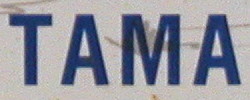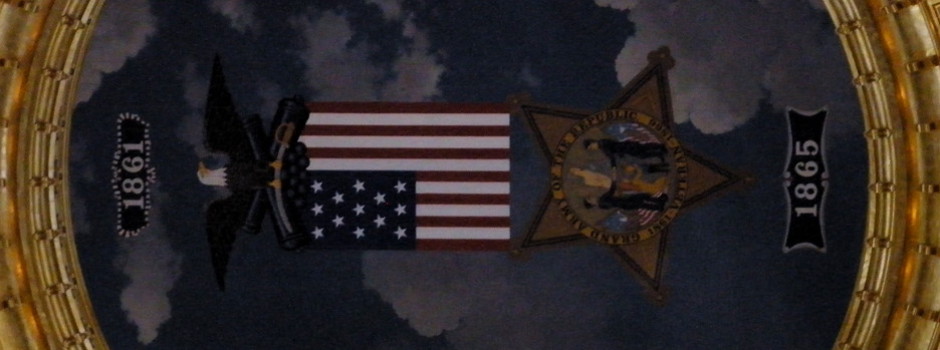
Last month, on my first day of vacation, I listened to the hosts of “The Big Show” on WHO-AM talking about a uniquely Iowan part of their youth. “Watch out for the 77 cars,” their parents warned, “because those are the city drivers.” In those days, Iowa license plates included the county number on the left side; Polk is 77th alphabetically in the list from Adair to Wright.
Today, I become one of those “77” drivers. And that means time is up for something that has stuck with me for more than half of my driving career.
The numbers don’t have to be memorized anymore. In 1979, Iowa switched to a three-letter/three-number combination that had the full county name stamped on the bottom. The 1986 series of plates did the same. Starting with the design released Jan. 2, 1997, the county name changed to a sticker and then part of the print when the plates stopped being stamped. The alphabet sequences have now been randomized to the point that few long streaks belong to a single county or series of counties.
Last year, instead of creating a new background, the DOT announced it was keeping that same design and reversing the alphanumeric order. It also changed blue type to black and started putting slashes through zeroes. The first six years’ worth of 1997 series plates would be replaced in 2012 and 2013 and then on a rolling 10-year cycle afterward.

My license plate is three cars old, starting with the replacement for the one I drove in high school and college that was stolen in Omaha in mid-2003. No matter where I went, in all 99 Iowa counties, from the Rocky Mountains to the Atlantic Ocean, from the south end of I-35 at the Rio Grande to the north end of US 41 on Lake Superior, there was a tiny message that said THIS DRIVER IS FROM TAMA COUNTY, IOWA. (Even if, strictly speaking, that wasn’t true anymore.)
In its own way, that’s a pretty big thing. There aren’t many states that differentiate. There’s nothing official to tell apart a car first registered in Cairo, Ill., from one in Chicago, or St. Joseph and Ste. Genevieve in Missouri. (Nebraska puts names on the three largest counties’ plates and uses numbers for the rest; as you may imagine, Hooker County is reluctant to support switching styles.)
Wherever you are, wherever you go, that name at the bottom of the license plate is a reinforcement of the sense of place Iowans cherish.
According to the 2012 Iowa vehicle registration database, the 10 largest counties account for half the state’s registered cars and pickups. For every Tama, there are two Websters, 10 Scotts, and 26 Polks — three out of every 20 passenger cars/trucks in Iowa are registered in Polk County. At the same time, there are two Tamas for every Lucas and four for every Ringgold.
Today, I become a little more anonymous, a little more of a stranger in the place I grew up, a little more of a “city driver” to the outside world. All because of four little letters.
